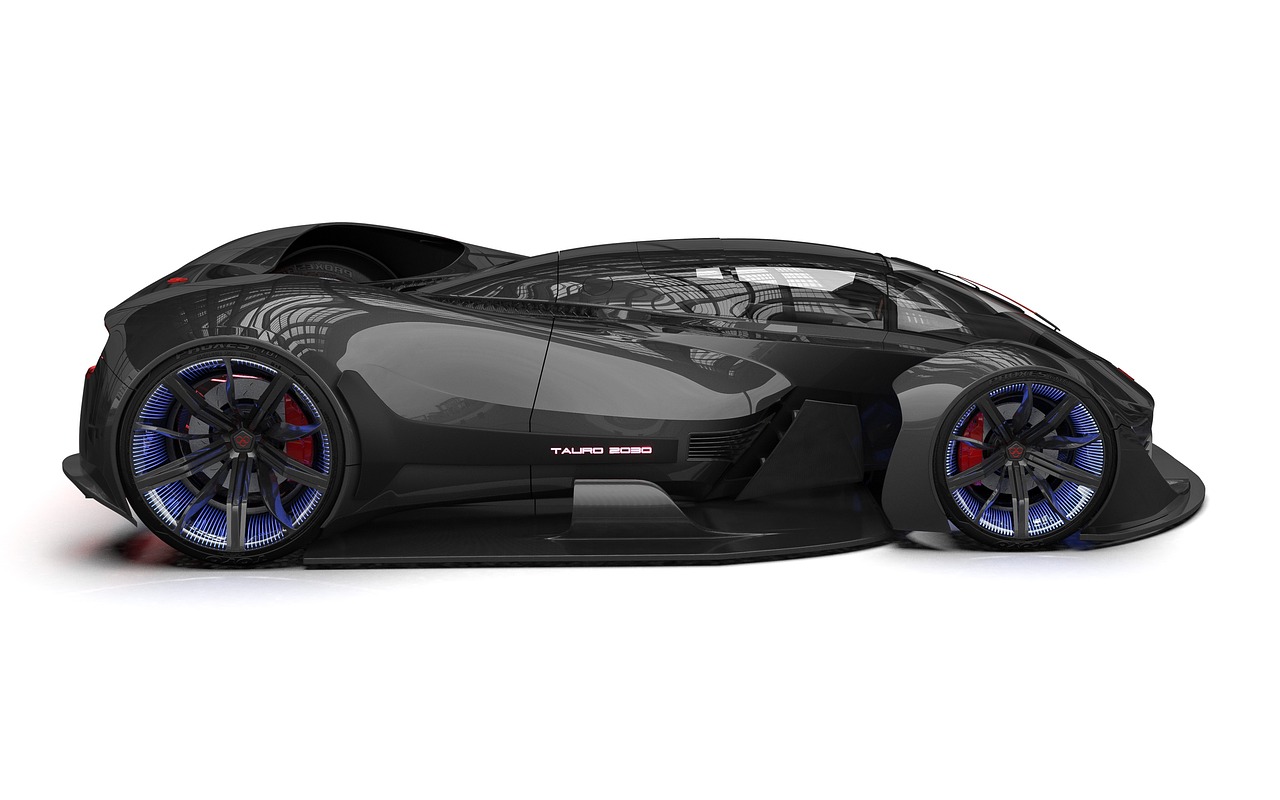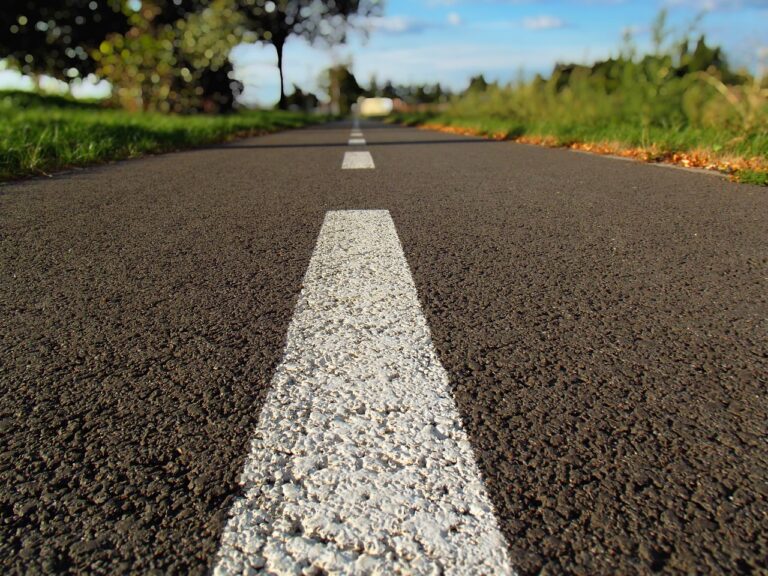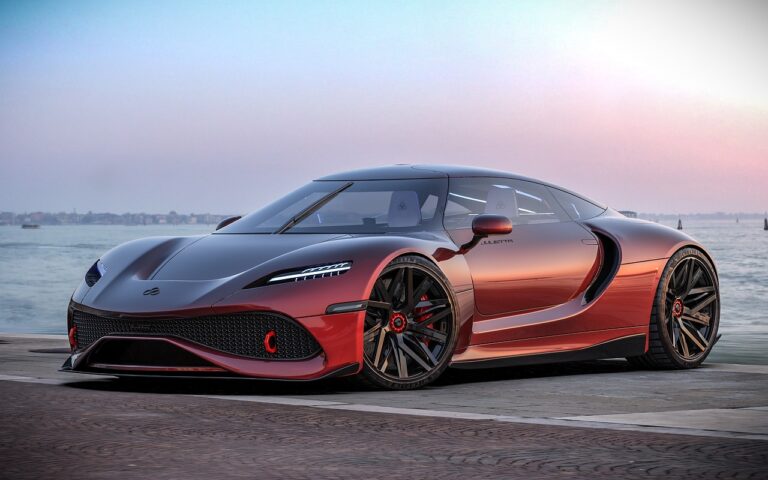The Impact of 3D Printing on Customized Car Parts Production
The automotive industry has witnessed a transformative shift in its production processes with the advent of 3D printing technology. This innovative method has revolutionized the way car parts are designed, prototyped, and manufactured. Unlike traditional manufacturing techniques that often involve costly tooling and lengthy lead times, 3D printing offers a more streamlined and efficient approach to car parts production.
One of the key advantages of 3D printing in the automotive sector is the ability to create complex, customized parts with precision and detail. This level of customization was previously limited with traditional manufacturing methods, but with 3D printing, car manufacturers can now produce unique components tailored to specific vehicle models or individual customer preferences. Additionally, 3D printing allows for faster iteration and testing of new designs, enabling companies to bring products to market more quickly and stay ahead of the competition in an ever-evolving industry.
Advantages of Using 3D Printing for Customized Car Parts
Customized car parts have always been in demand to cater to individual preferences and unique requirements. Traditional manufacturing methods often struggle to provide customized solutions efficiently due to the limitations of mass production techniques. However, with the advent of 3D printing technology, the production of customized car parts has been revolutionized.
One of the primary advantages of using 3D printing for customized car parts is the ability to create complex designs with intricate details that would be challenging or impossible to achieve with traditional manufacturing processes. The layer-by-layer additive manufacturing approach of 3D printing allows for the production of highly specific shapes and features, enabling greater design flexibility and customization options. This flexibility opens up a world of possibilities for car enthusiasts and manufacturers looking to optimize vehicle performance or aesthetics with tailor-made parts.
• 3D printing allows for the creation of complex designs with intricate details
• Layer-by-layer additive manufacturing enables production of highly specific shapes and features
• Greater design flexibility and customization options are available
• Possibilities for optimizing vehicle performance or aesthetics with tailor-made parts are endless
Cost Efficiency of 3D Printing in Car Parts Production
3D printing has revolutionized the car parts production industry by offering a cost-efficient manufacturing option compared to traditional methods. One of the primary advantages of using 3D printing for car parts is the ability to reduce material waste significantly. With traditional production methods, excess materials often end up in landfills, leading to higher production costs.
Moreover, 3D printing allows for on-demand production, eliminating the need for large-scale inventory storage. This just-in-time manufacturing model not only reduces storage costs but also minimizes the risk of overproducing parts that may become obsolete or require modifications before being used. By optimizing production processes and streamlining the supply chain, car manufacturers can achieve higher cost efficiency and better respond to changing market demands.
What is the evolution of car parts production with 3D printing technology?
3D printing technology has revolutionized the way car parts are produced by offering faster prototyping, customization, and on-demand production capabilities.
What are the advantages of using 3D printing for customized car parts?
Some advantages include the ability to create complex geometries, reduce material waste, and produce parts with higher strength-to-weight ratios.
How does cost efficiency play a role in 3D printing for car parts production?
3D printing can be cost-efficient in the long run due to reduced tooling costs, lower material waste, and the ability to produce parts on-demand, eliminating the need for large inventory storage.
Are there any limitations to using 3D printing for car parts production?
Some limitations include slower production speeds compared to traditional manufacturing methods and certain material limitations for high-stress applications.







